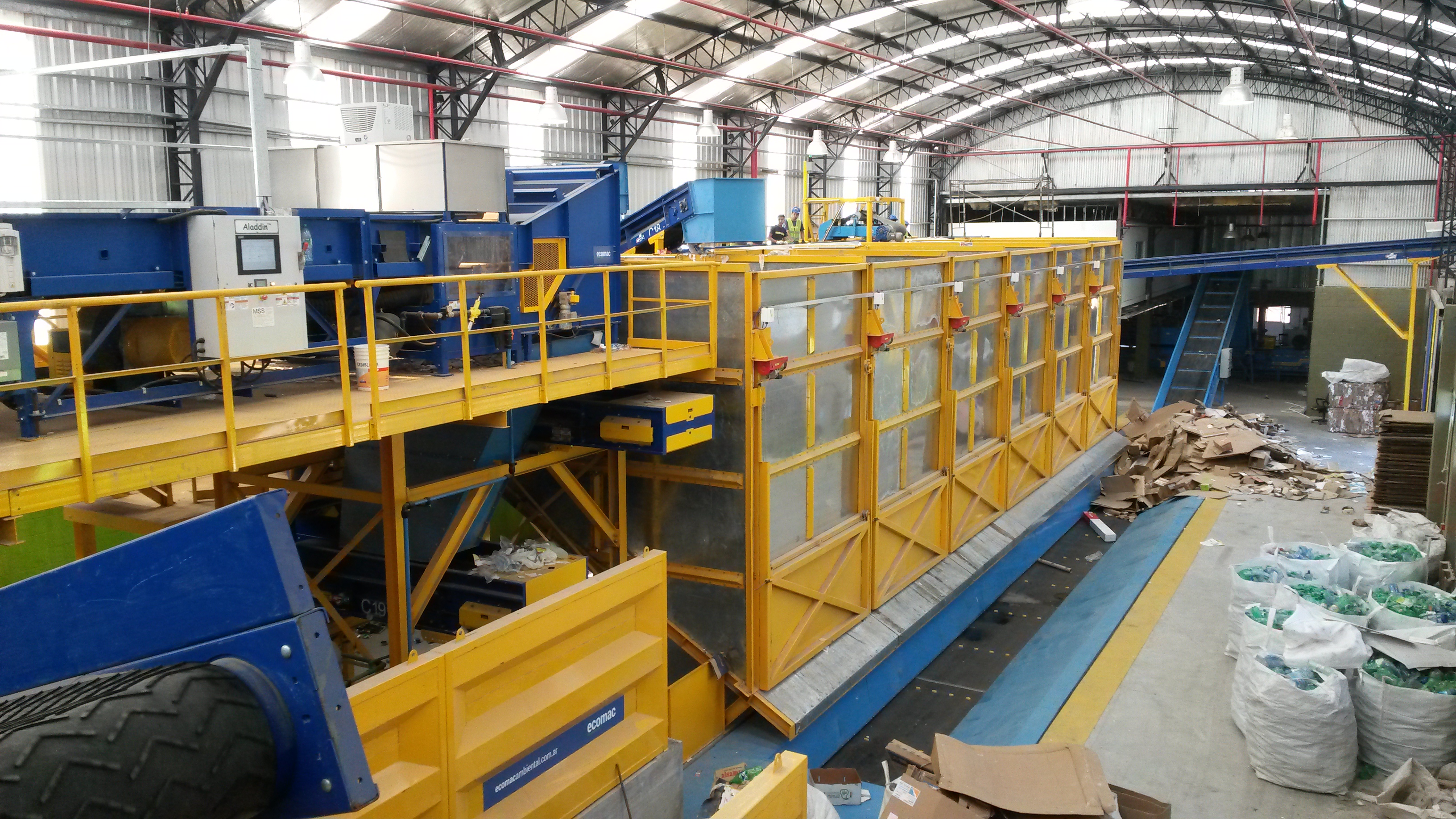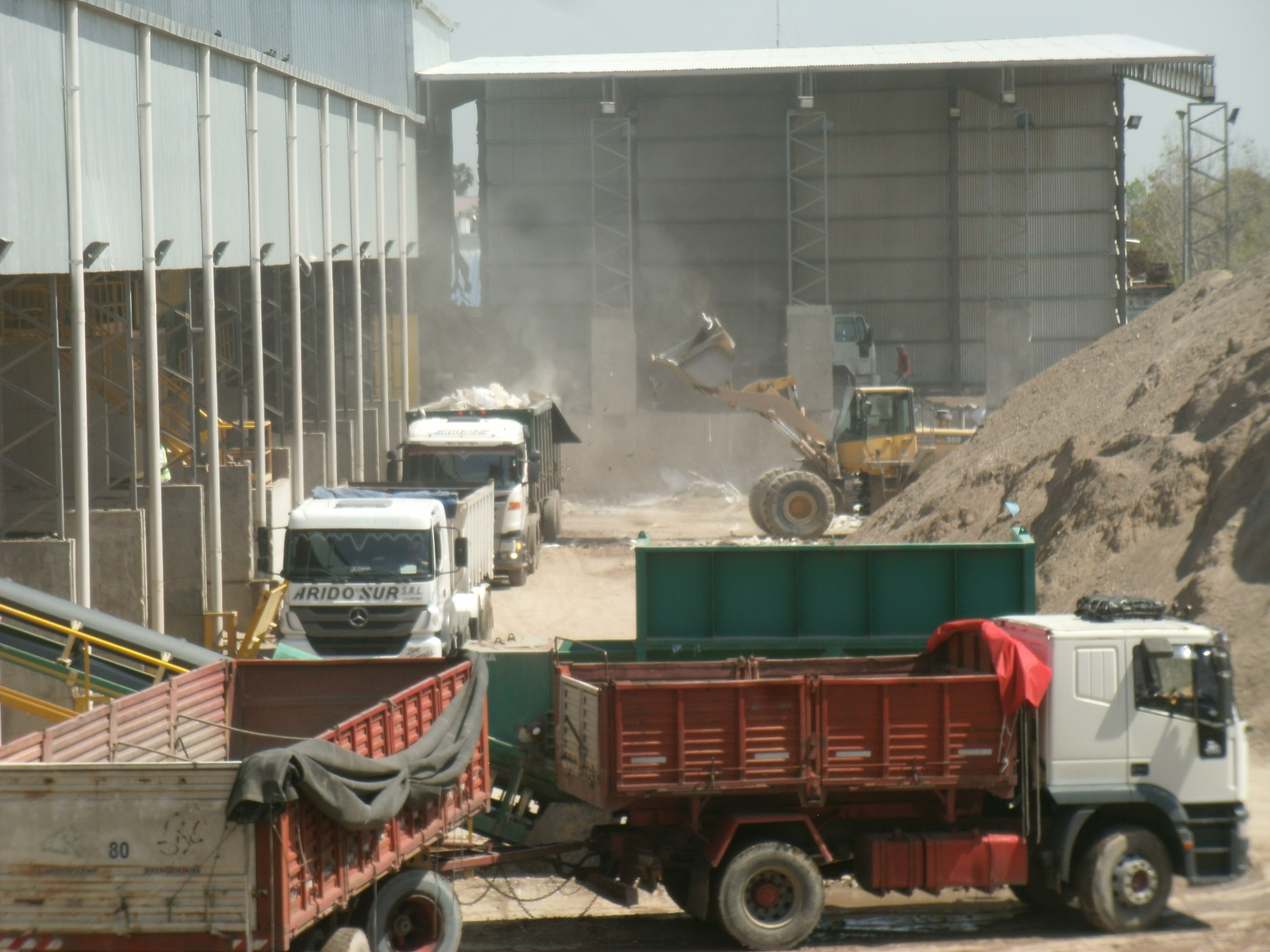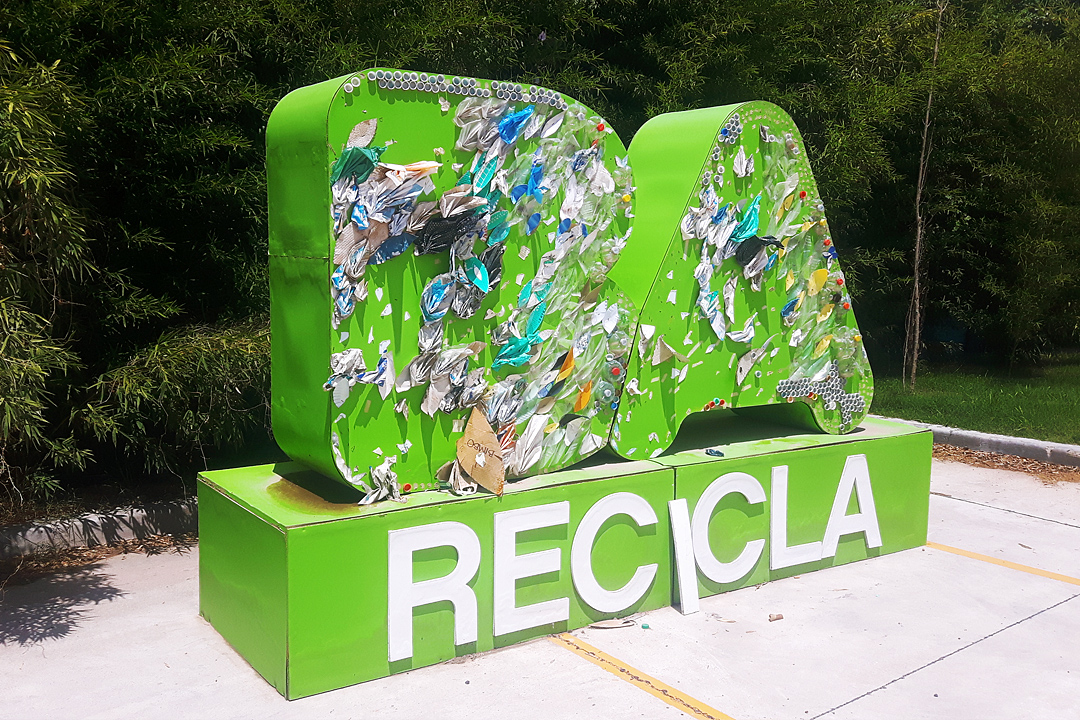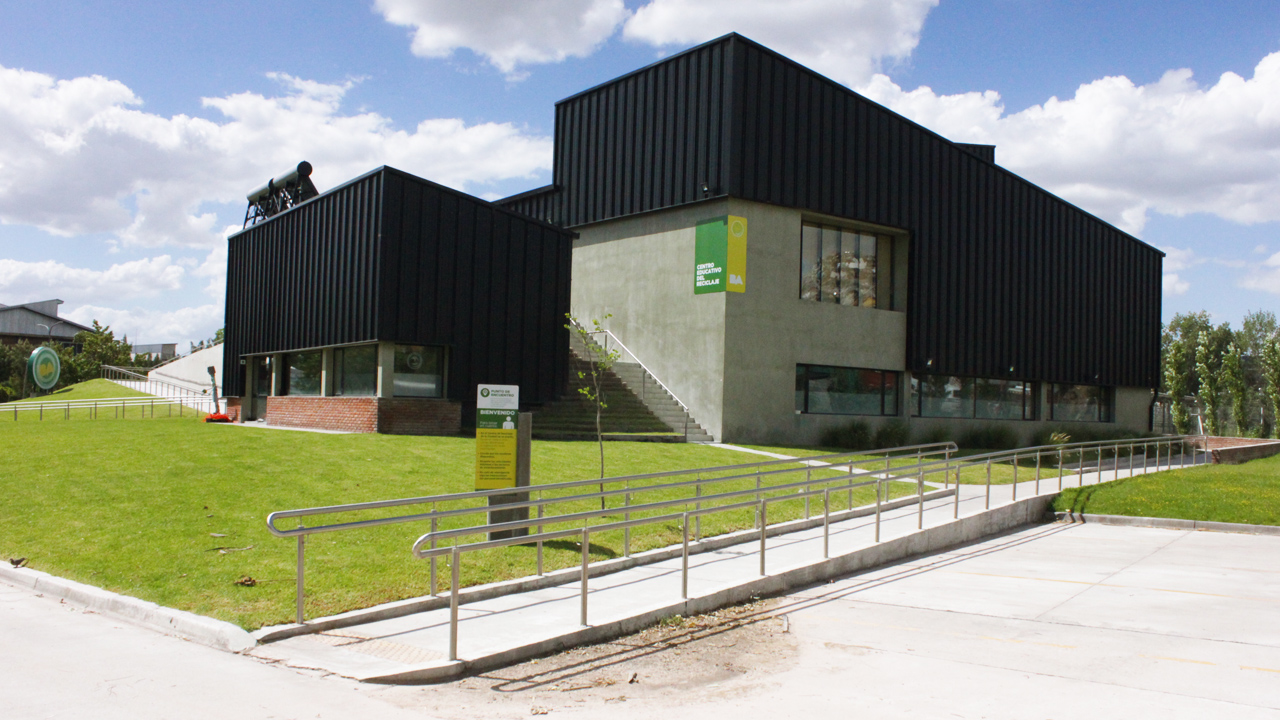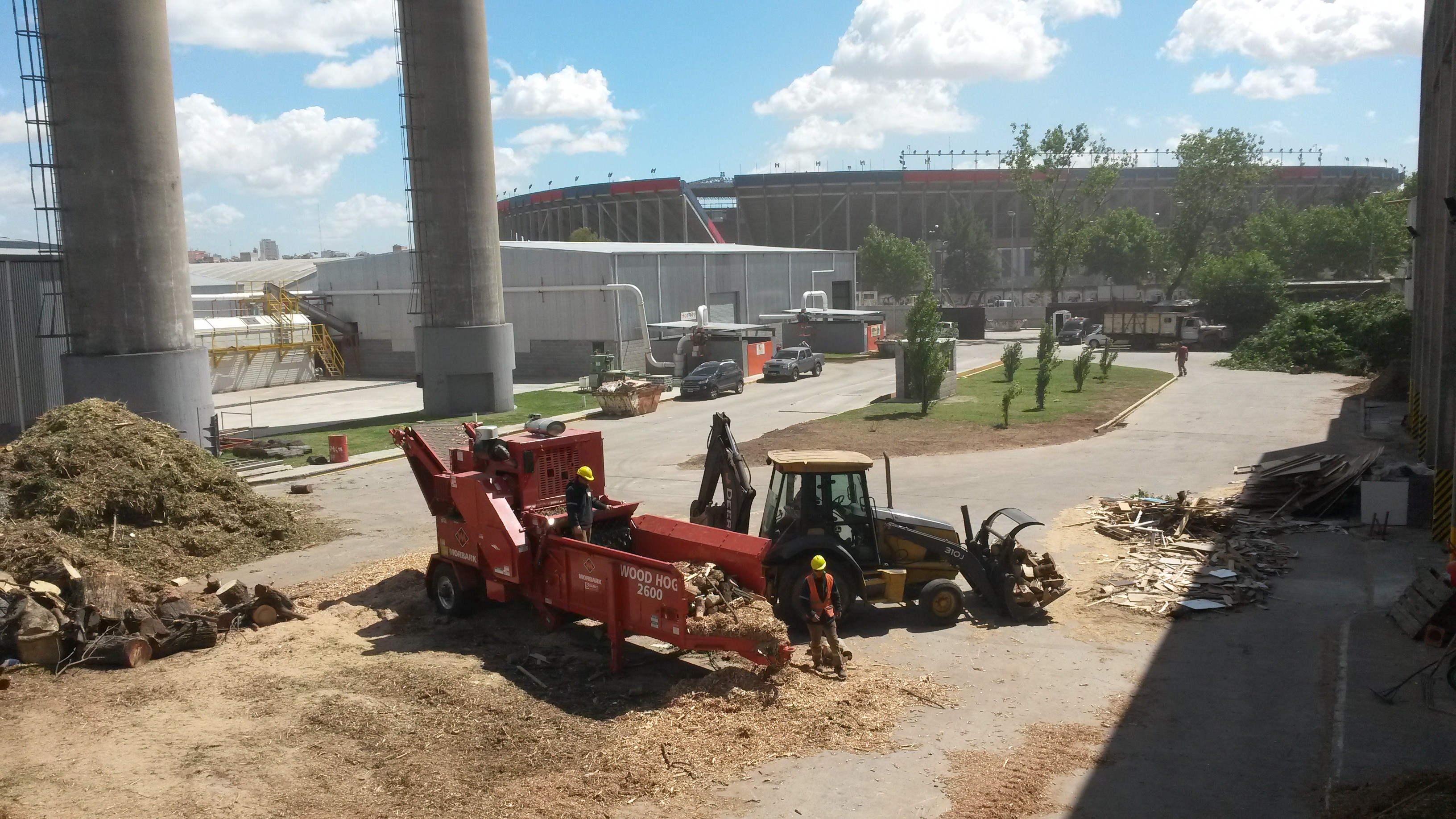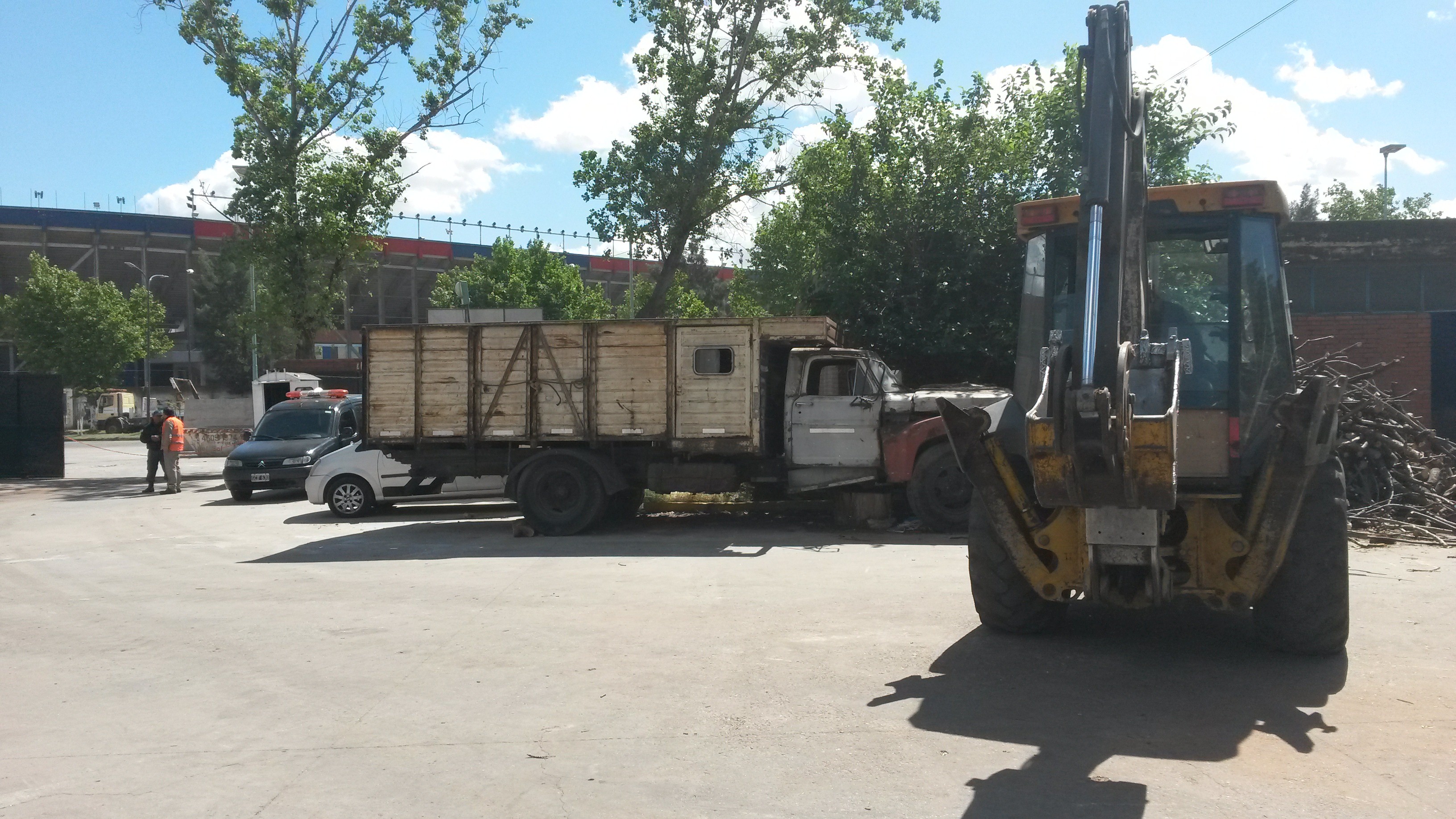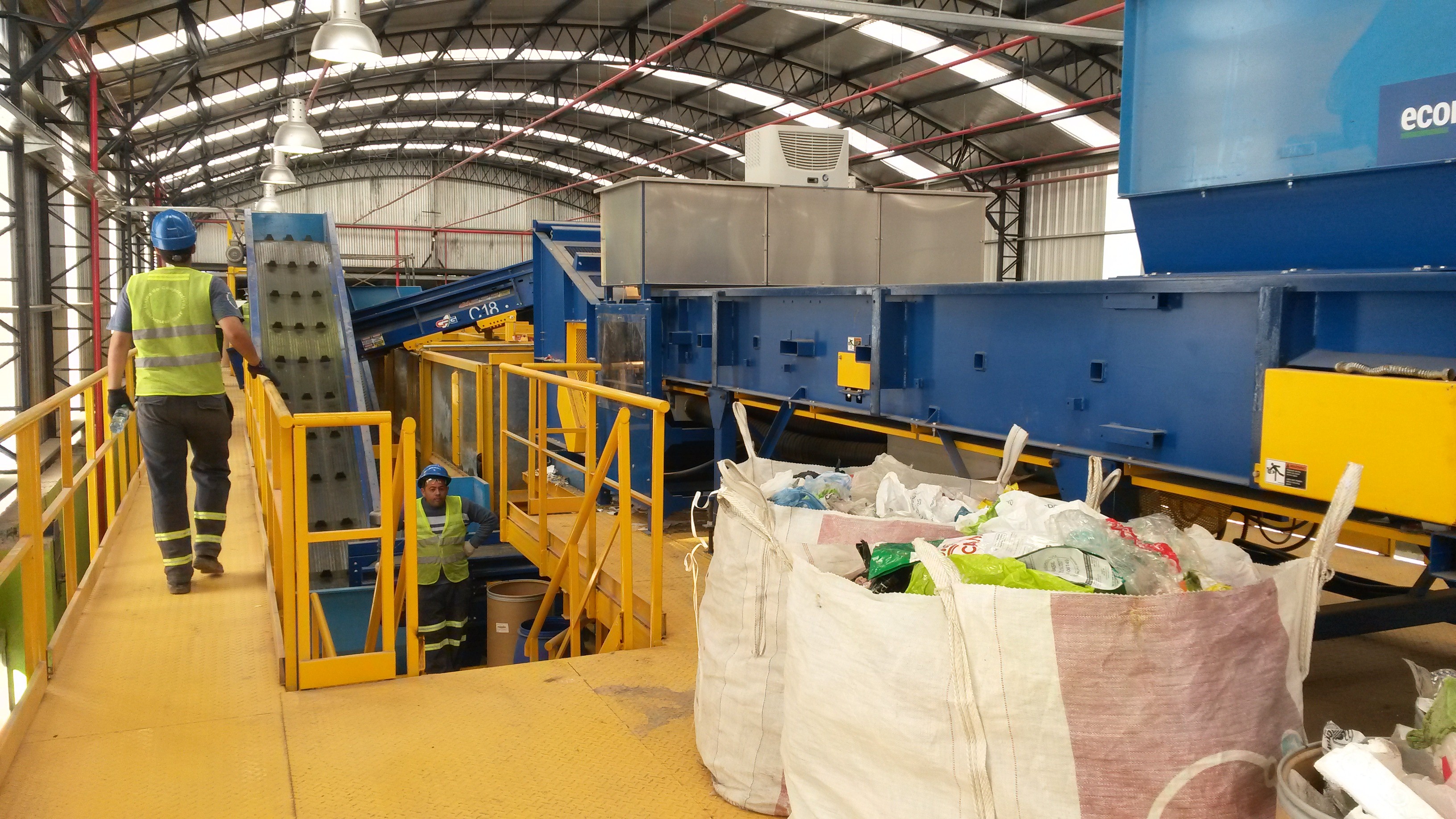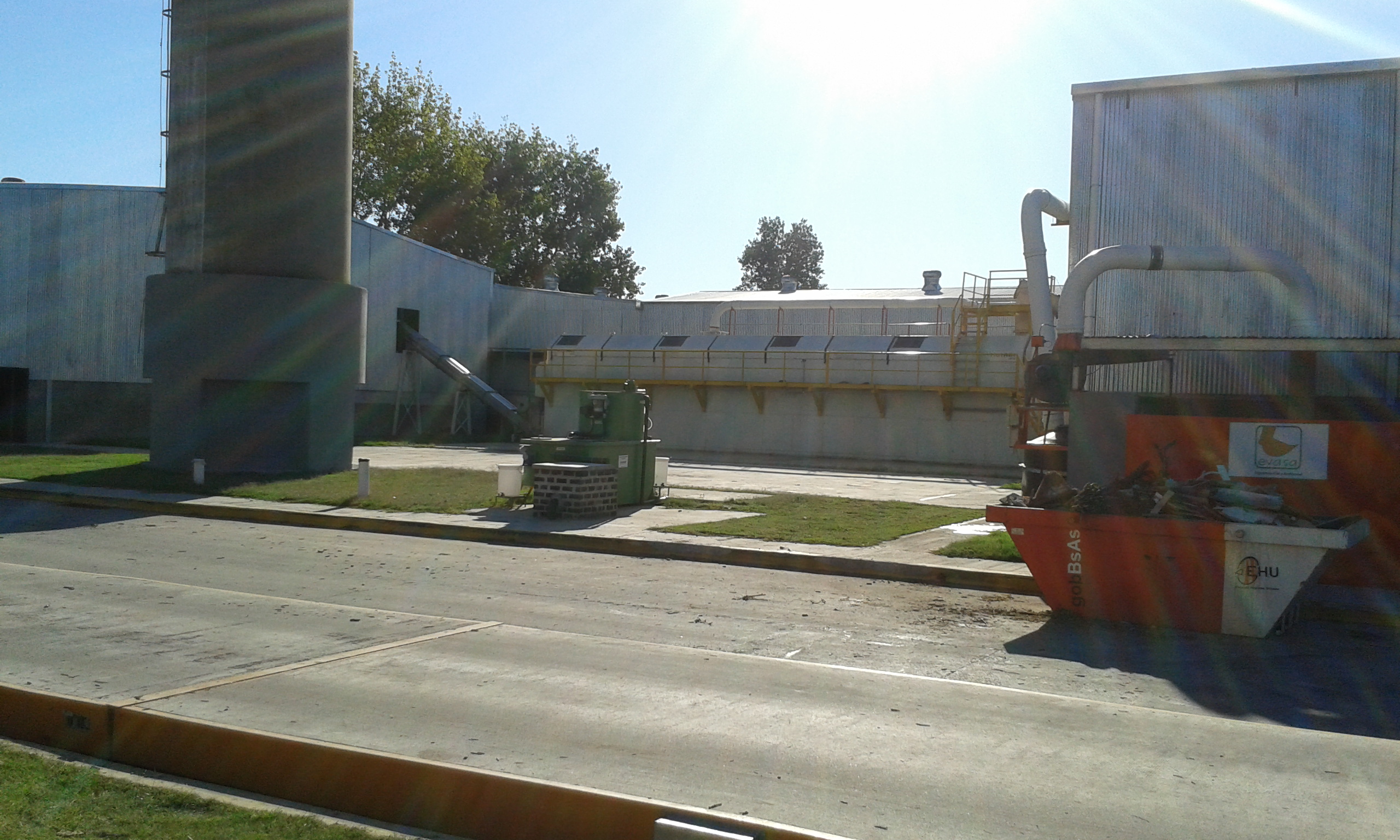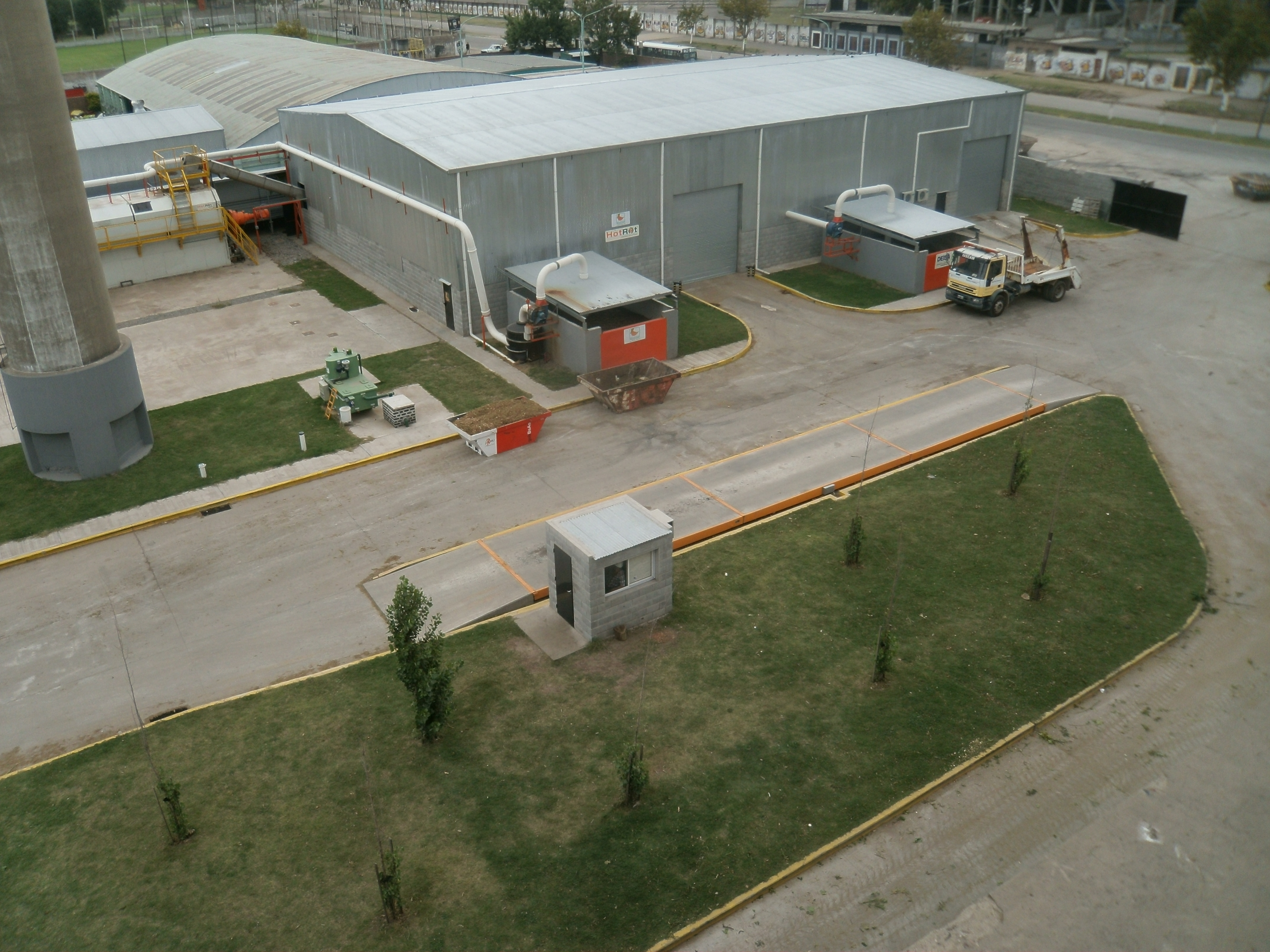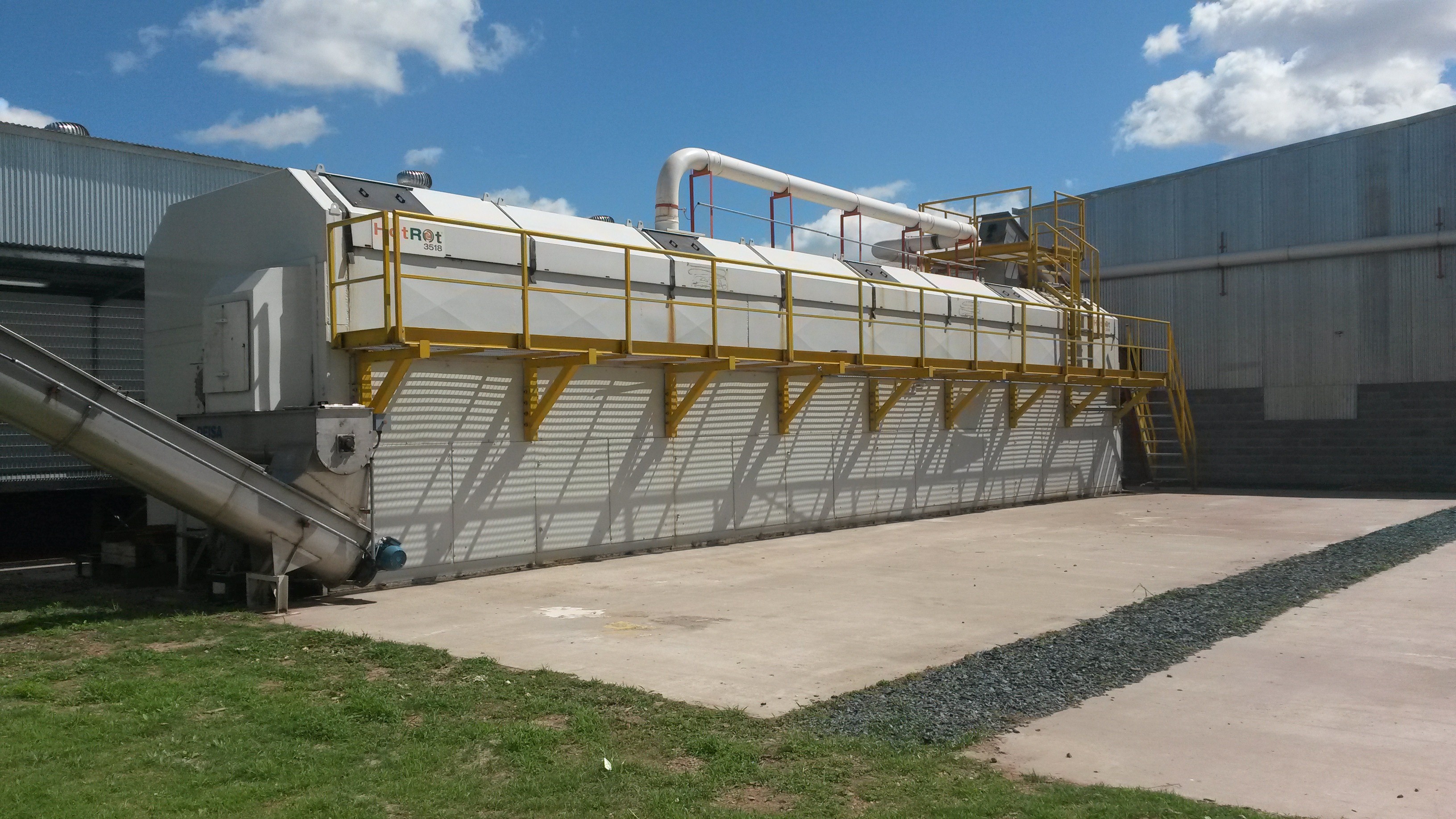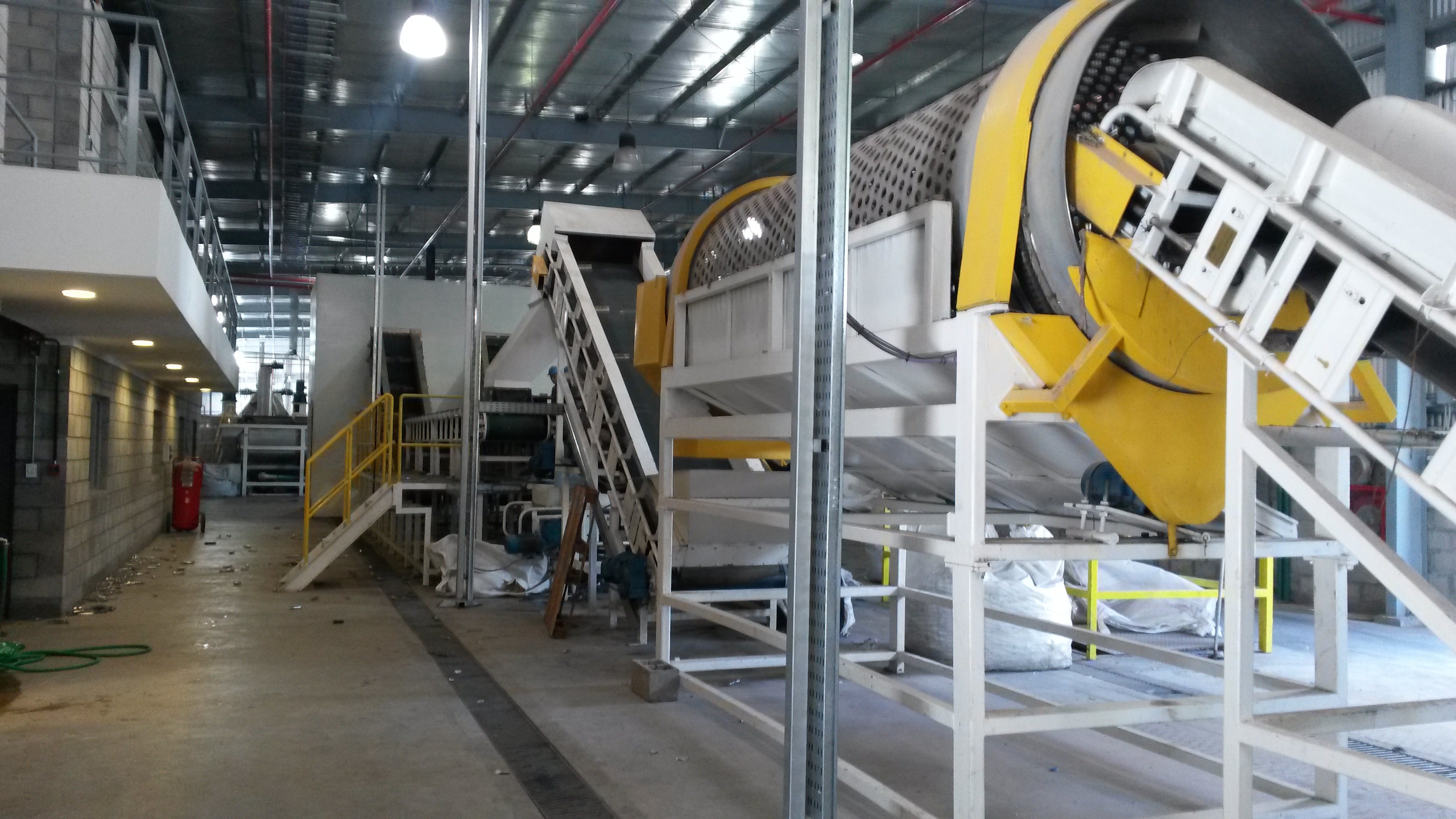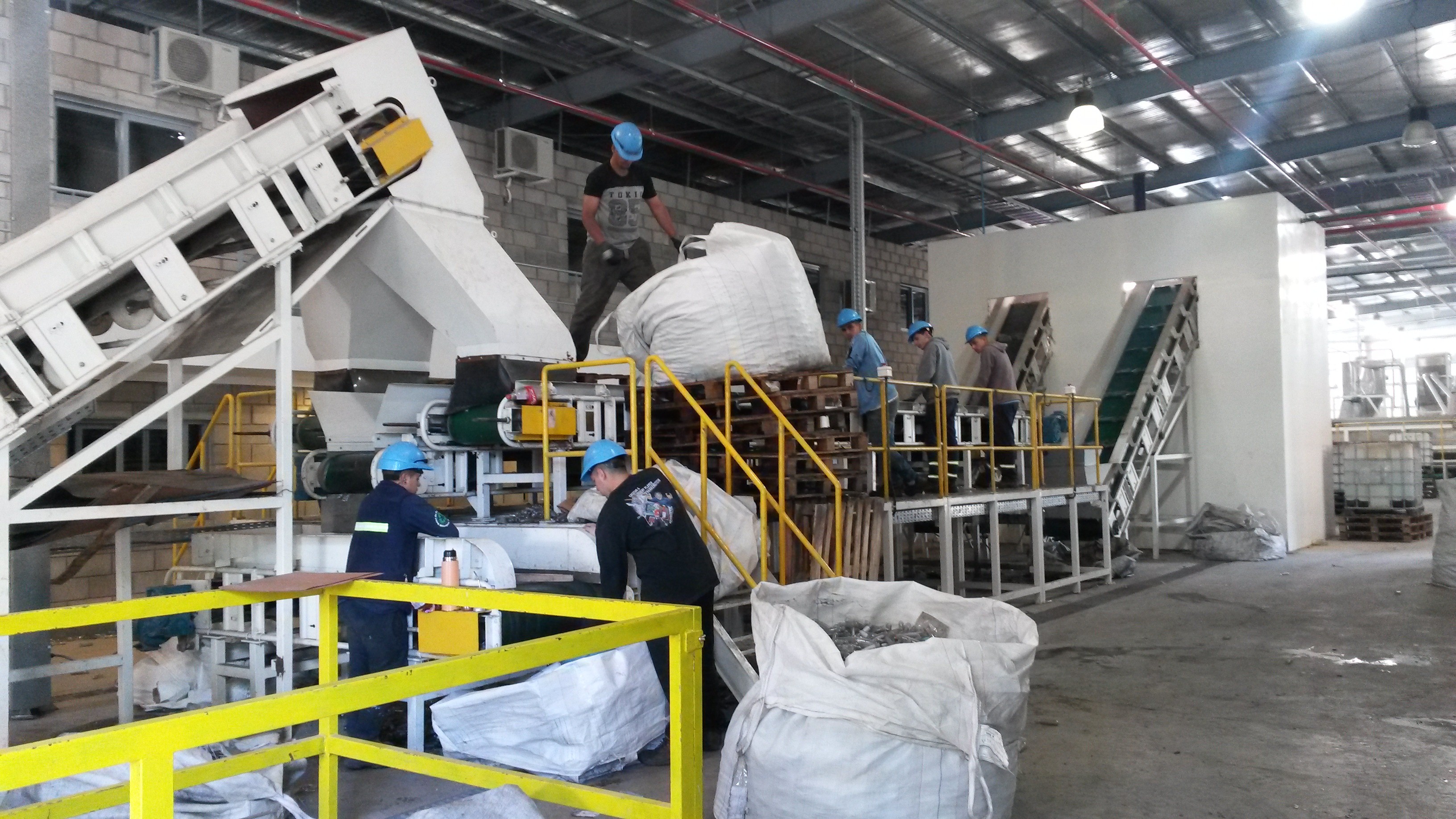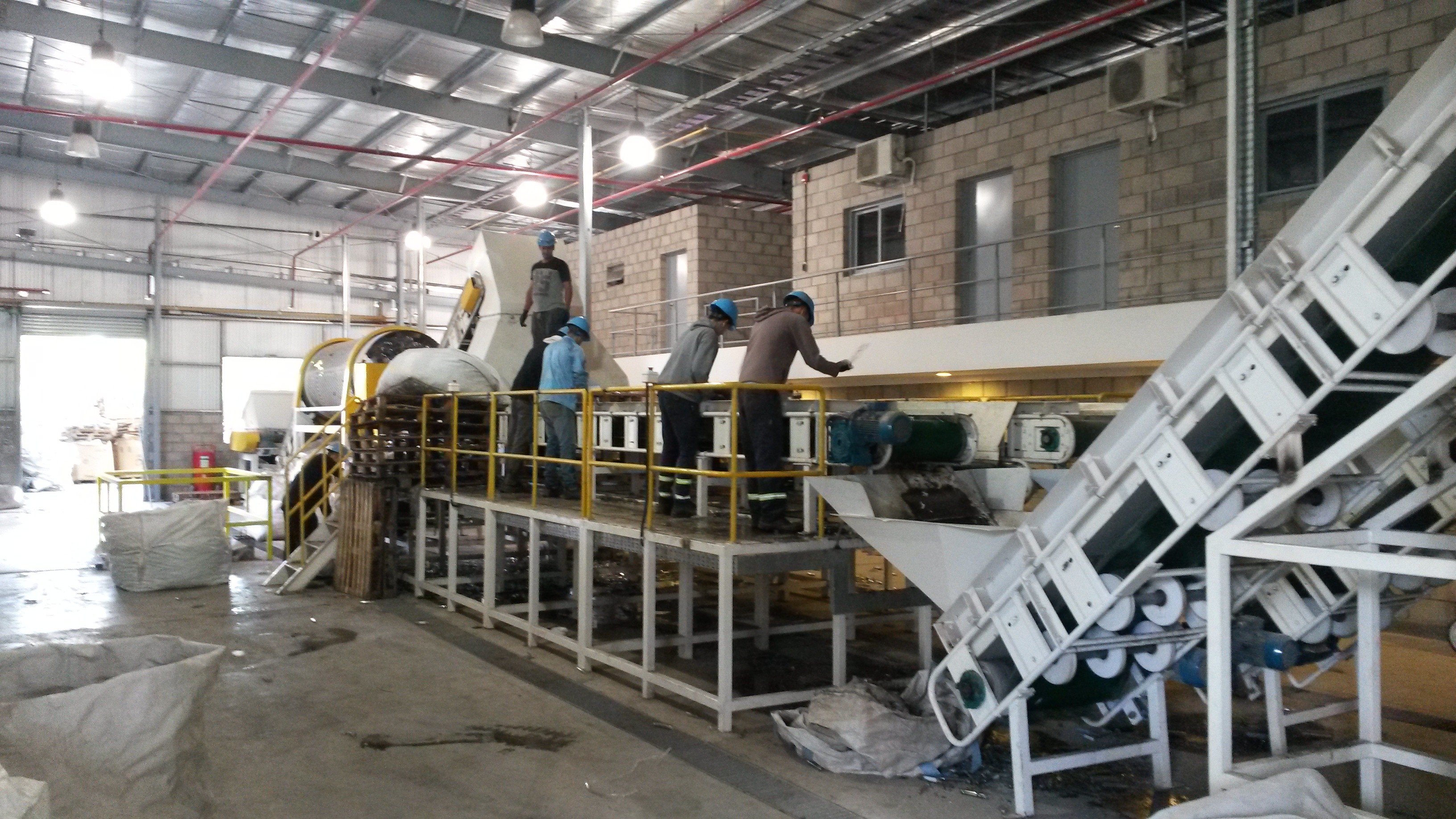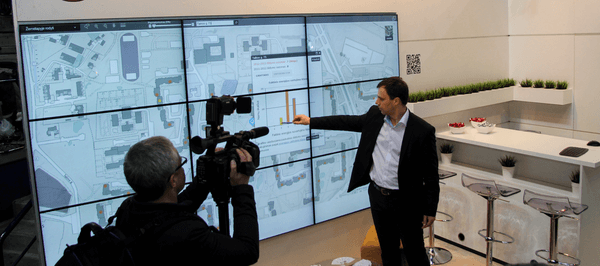City
Buenos Aires, Argentina
Size and population development
Buenos Aires extends across an approximate of 200 square kilometres, in a perimeter of 60 kilometres. The population in the city is 3.06 million people, whereas Greater Buenos Aires is comprised of 14 million. According to The National Institute of Statistics and Census (INDEC), the population density is at par with that of Mexico City, with 15,000 people living per square kilometre, with 75 percent of the households in the city being apartments. Future projections of population growth is low, with the city intending to keep the number of citizens constant between now and 2040.
Population composition
As an important multicultural city, Buenos Aires is very diverse, with 38 percent of its population being born elsewhere, with one third of this international. The women-to-men ratio is 114 to every 100, respectively. The average age for women is 35 whereas for men it is 40, which is to say that Buenos Aires is an aging city. Buenos Aires houses the largest population of Jewish people in Latin America, with an approximate of 250,000 Jewish inhabitants.
Main functions
The Autonomous City of Buenos Aires is the capital city of Argentina, located on the Western side of the enormous estuary known as Río de la Plata, which separates Argentina from Uruguay (it is not to be confused with the province of Buenos Aires, to which the city does not belong). The capital is an autonomous district with an ample conurbation that is understood as Greater Buenos Aires. It is the most populated city of Argentina, and a significant multicultural centre in South America. Buenos Aires is both the financial hub and the cultural capital of the country. The cultural attractions of the city are housed in any of the 30 public libraries, 7 theatres, 11 museums, and more than 40 cultural centres. The city excels in the number of active theatrical plays that are presented, having more than 300 plays enacted every weekend.
Main industries / business
The main industries of the city of Buenos Aires are hospitality, medicines and textiles. The production of goods is intended both for local consumption and exports. In 2016 there was over US$316 million worth of exports, with the city contributing 22 percent of the national Gross Geographic Product. The Port of Buenos Aires, one of the busiest in the whole of Latin America, transacted a total of 11 million revenue tons. The finance and real-estate sectors of Buenos Aires are also prominent, as they contribute 31 percent of the city’s economy. As a tourist capital, Buenos Aires welcomes 4.5 million people every year, with an intensive influx of other Americans, north and south, particularly Brazilians, Canadians and those from the United States.
Sources for city budget
The budget of the city of Buenos Aires is decided by the National Congress, after the Executive Power concocts the priorities and amounts desirable. Three main sources for the budget can be distinguished: the city government’s tax revenues (78.9 percent), funds from national co-participation (a scheme through which the provinces of Argentina and the city of Buenos Aires share a common pool of national tax revenue), and other local revenues sources (e.g. theatre events, transit violations, concessions, etc.).
Political structure
Politically, the city of Buenos Aires is divided into 15 comunas or communes, which are ruled by the Juntas Comunales made up by seven members belonging to the neighbourhoods of each comuna. The Juntas will propose a governance plan through on behalf of their constituents. In 2011, the city spent 26 percent of its budget on education, followed by health and public services with 22 and 17 percent respectively, whereas the lowest percentage of budget was dedicated to law enforcement. The city of Buenos Aires, houses Argentina’s the Executive, Legislative and Judicial branches of the federal government. However, since the city is an autonomous district, it is governed by a chief of government who is elected by vote in a double round election, with a duration of four years that may be doubled through re-election.
Administrative structure
The Autonomous City of Buenos Aires is divided into 48 barrios or neighbourhoods. These fit into a political division of the city’s geography into 15 comunas or communes, which are in charge of such matters as the state of green areas, walkways, the streets and of the lighting. The rest of the administration is left to the city’s government, which handles matters of education, public health transit, and water treatment.
Website
http://www.buenosaires.gov.ar/
